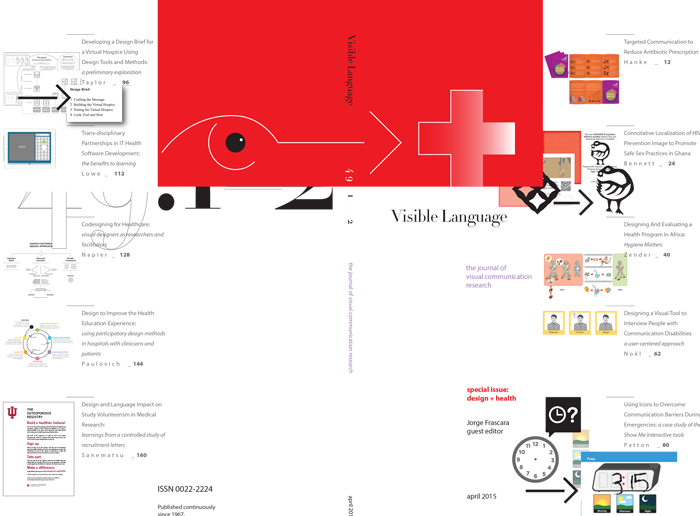Designing a Visual Tool to Interview People with Communication Disabilities: a user-centered approach
Abstract
To design in collaboration with users, speaking and listening are essential. This article shows the process of interviewing people with a communication disability called aphasia. Aphasia is caused by brain damage and affects speaking, understanding speech, reading, and writing to some degree. The focus of the article is on the creation of visual tools to facilitate the understanding of questions and producing answers by people with aphasia. Everything has to be adapted to match their needs: the wording, the types of questions, the way a question is introduced, and the length of the interview, among other things. For every question, specific material was designed to facilitate communication between the person interviewing and the person with aphasia. The strategy was to combine verbal information (oral and written), pictorial information, and movement. The main goal of the interviews was to understand the feelings and opinions of people with aphasia regarding the diagnosis process. The interview results helped identify people's preferences regarding the context in which the assessment takes place, as well as their needs regarding the visual materials used. The project demonstrated that it is possible and valuable to apply a user-centred design approach to the design of the visual material used to assess aphasia.Downloads
Published
2015-04-01
Issue
Section
Journal Article

